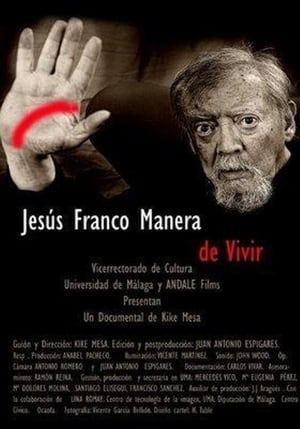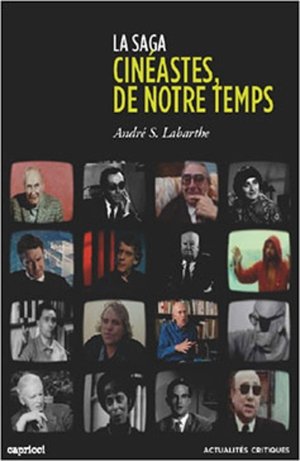
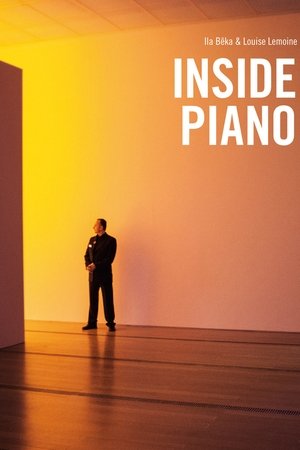
Inside Piano(2013)
The fifth project of the Living Architectures series, Inside Piano is composed of three films on three symbolic buildings of Renzo Piano's career. A visit throughout the prototype-building of the Centre Pompidou. An immersion in the soundproof world of a submarine floating in the depths of the Parisian underground. A journey aboard a luminous magic carpet of a highly sophisticated architectural machine. A humorous, caustic and quirky point of view.
Movie: Inside Piano

Inside Piano
HomePage
Overview
The fifth project of the Living Architectures series, Inside Piano is composed of three films on three symbolic buildings of Renzo Piano's career. A visit throughout the prototype-building of the Centre Pompidou. An immersion in the soundproof world of a submarine floating in the depths of the Parisian underground. A journey aboard a luminous magic carpet of a highly sophisticated architectural machine. A humorous, caustic and quirky point of view.
Release Date
2013-03-18
Average
0
Rating:
0.0 startsTagline
Genres
Languages:
FrançaisItalianoKeywords
Similar Movies
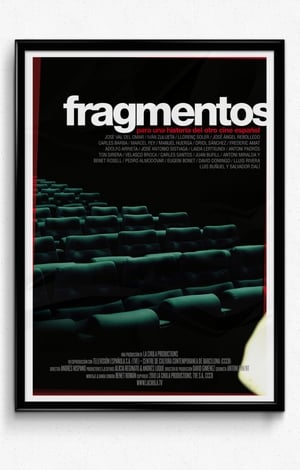 6.0
6.0Fragmentos para una historia del otro cine español(es)
Documentary about the history of experimental cinema in Spain. FRAGMENTS is a historical survey of “the other” Spanish Cinema — films that brazenly explored their artistic, poetic and conceptual potential. Spanish experimental cinema can be glimpsed in a series of important yet isolated events that FRAGMENTS compiles through various firsthand accounts, film excerpts and documents. For the first time in Spain, a documentary brings together the most relevant of a cinema that is slowly losing its invisibility.
 7.4
7.4Facing Ali(en)
Ten of Muhammad Ali's former rivals pay tribute to the three-time world heavyweight champion.
 9.3
9.3Katy Perry: The Outrageous World of Katy Perry(en)
This fascinating DVD tells the definitive story of Katy Perry through interviews and onstage performances of some of her greatest hits, including California Gurls, Firework, Ur So Gay and Hot N Cold. From struggling gospel artist to one of the worlds biggest pop sensations, Katy Perry continues to rock the world both on and off stage! Take an inside look at the multi-award nominated singer song writer behind such hits as I Kissed a Girl and California Gurls.
 6.0
6.0Sexo en el plató(es)
How are the sex scenes filmed? What tricks are used to fake the desire? How do the interpreters prepare and feel? Spanish actors and directors talk about the most intimate side of acting, about the tricks and work methods when narrating exposed sex. In Spain the general rule is that there are no rules. Each film, each interpreter, faces it in very different ways.
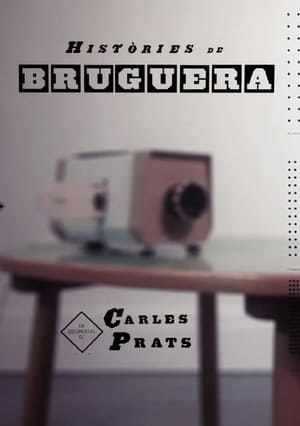 6.0
6.0Històries de Bruguera(es)
The history of Bruguera, the most important comic publisher in Spain between the 1940s and the 1980s. How the characters created by great writers and pencilers became Spanish archetypes and how their strips persist nowadays as a portrait of Spain and its people. The daily life of the creators and the founding family, the Brugueras. The world in which hundreds of vivid colorful paper beings lived and still live, in the memory of millions, in the smile of everyone.
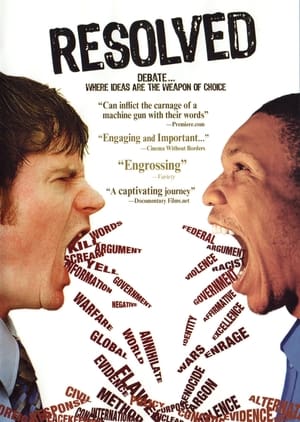 7.2
7.2Resolved(en)
The fascinating complexity of high school debate gives way to a portrait of the equally complex racial and class bias of American education in Greg Whiteley's riveting documentary.
 9.2
9.2Images of the Estado Novo 1937-45(pt)
Resorting on a vast archive material of newsreels, photographs, letters, family videos, fiction movies, diary and popular songs excerpts, the documentary reassesses the legacy of the dictatorial period of Getúlio Vargas (1937-1945). Through the comparison and analysis of these heterogeneous records, produced for different purposes, from political propaganda to family celebration, the film explores the several layers of the political web of the Estado Novo, exposing its external inspirational sources, functionality and contradictions.
 6.4
6.444 Pages(en)
A portrait of Highlights Magazine following the creation of the cultural phenomenon's 70th Anniversary issue, from the first editorial meeting to its arrival in homes, and introducing the quirky people who passionately produce the monthly publication for "the world's most important people,"...children. Along the way, a rich and tragic history is revealed, the state of childhood, technology, and education is explored, and the future of print media is questioned.
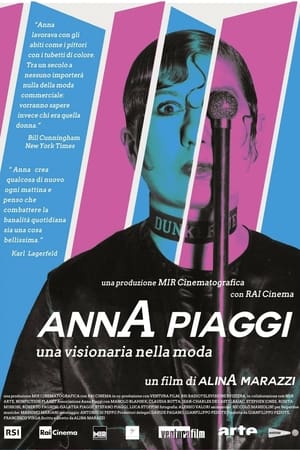 0.0
0.0Anna Piaggi: Fashion Visionary(it)
The world of fashion, between the end of the Sixties and the beginning of the Noughties, had a key character that embodied its spirit and told the tale: journalist Anna Piaggi, living witness of that contamination between art, society and culture that changed fashion and sanctioned its success on a global scale. The daughter of a manager for La Rinascente (Milan's iconic high-end shopping mall whose foundation goes back to 1865), Karl Lagerfeld's muse, "a poet with her clothes" in the words of Bill Cunningham, her life is retraced through interviews with designers (Jean-Charles de Castelbajac, Stephen Jones, Manolo Blahnik, and more) together with archival images from four decades of fashion history.
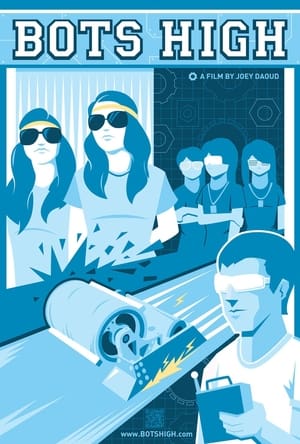 7.0
7.0Bots High(en)
Bots High is an exciting documentary following the adventures of three high school robotics teams battling for first place at a national robotics competition in Miami, Florida. It's a no-holds-barred fight to the death with robot carnage everywhere you look. Genius inventor Will builds robots so powerful they're unstoppable...if only they don't destroy themselves first. The Mechanical Misfits are an all girls team stumbling through their first foray into combat robotics and Elizabeth and Danielle are a formidable pair looking to reign supreme during their last year of high school. Bots High follows these students as they design, build and compete at Nationals - all while surviving high school, first love and teenager procrastination. A FilmBuff Presentation.
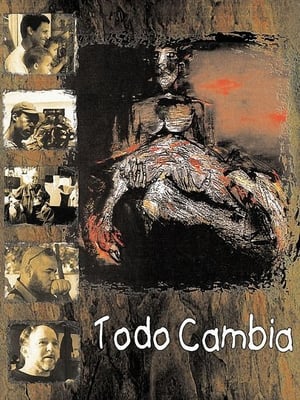 0.0
0.0Todo Cambia(es)
A documentary that takes an in depth look at a government sanctioned art school in Cuba and its students. Interviews of various artists attending the school allow viewers a glimpse into their personal and professional lives.
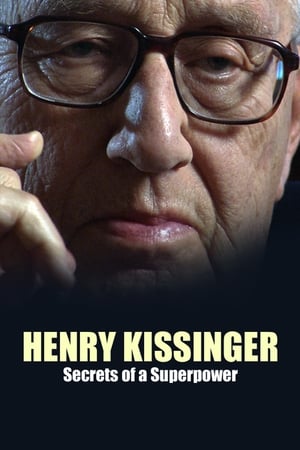 10.0
10.0Henry Kissinger: Secrets of a Superpower(en)
Though Henry Kissinger is often giving short statements to the media, he refuses detailed interviews about his own life. Now he has agreed to answer questions about his person in an extensive documentary.
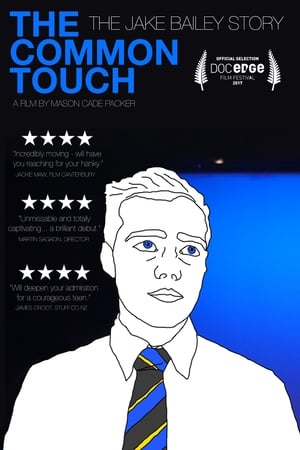 10.0
10.0The Common Touch(en)
The Common Touch tells the story of Jake Bailey, viral sensation and student of Christchurch Boys High School, who was told one week before his graduation speech about his diagnosis of life-threatening cancer.
 0.0
0.0The Power of Utopia: Living with Le Corbusier in Chandigarh(de)
With the construction of the Indian planned city of Chandigarh, the Swiss and French architect Le Corbusier completed his life's work 70 years ago. Chandigarh is a controversial synthesis of the arts, a bold utopia of modernity. The film accompanies four cultural workers who live in the planned city and reflects on Le Corbusier's legacy, utopian urban ideas and the cultural differences between East and West in an atmospherically dense narrative.
Share the Road: Tales From a Band of Gypsy Bikers(en)
Share the Road is the latest release from Cirque Productions, the makers of TREK: A Journey on the Appalachian Trail. This unique documentary chronicles a 6,200 mile cross-country bike ride from Maine to Seattle down to Mexico. Four narrators offer their individual perspectives while biking across North America, camping in town parks, meeting Americans of all creeds, and living a dream. Epic scenery and an all-original soundtrack by Big Pretty and the Red Rockets will carry you through this four month journey. This film appeals to not only the biker, but to the adventurer in all of us.


